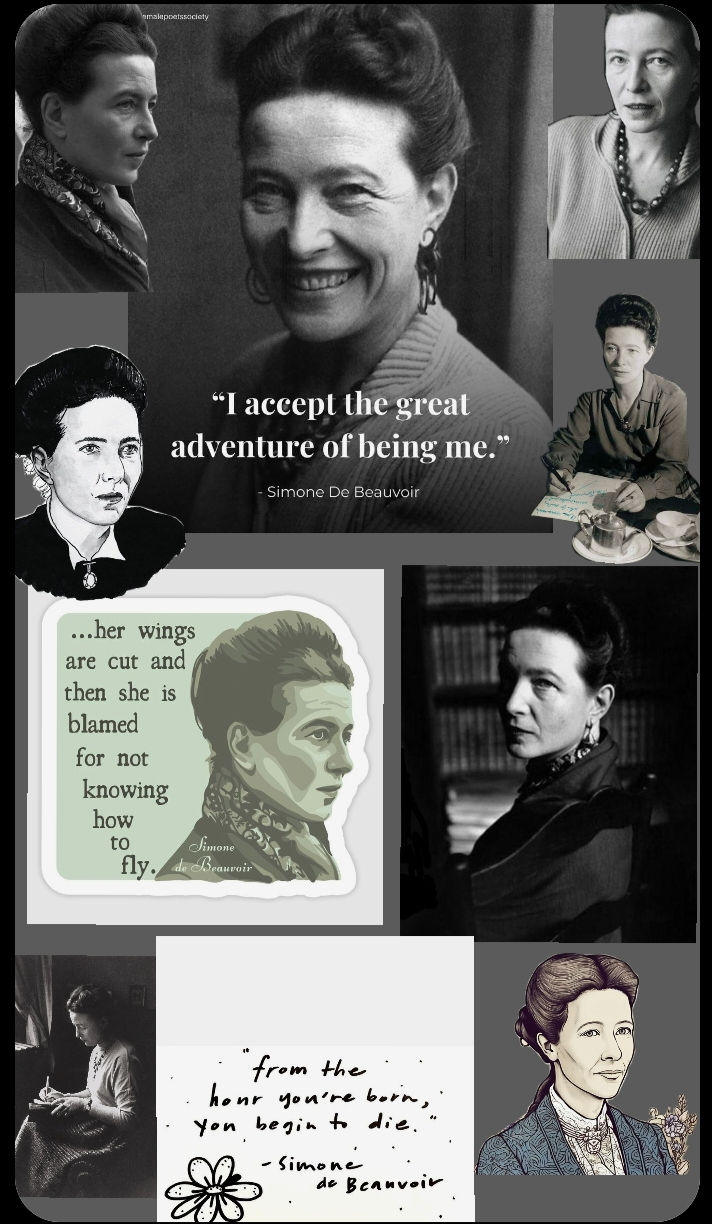The Yellow Wallpaper
- thebookclubknc
- Feb 5, 2024
- 4 min read
by- Nimisha Gogoi

Name of book- The Yellow Wallpaper
Author- Charlotte Perkins Gilman
Number of pages- 63
Rating- 4/5
“If Gilman’s story were an argument,” says John Green, “this line from it would be its thesis: “John was a physician, perhaps that is one reason I do not get well faster.” Unlike the possible dystopias set in imaginary futures, like ‘The Handmaid’s Tale’ where a totalitarian regime is portrayed with extreme restrictions subjected to women, or George Orwell’s ‘1984’ set in a world of “war, surveillance and mind control” — as quoted by Green, the dystopia in Charlotte Perkins Gilman is a slice of 19th century reality. First published in 1892 in the ‘New England’ magazine, the classic short story follows the narrator’s “social degeneration into madness,” says Loralee MacPike. This essay attempts to emphasize on the perspective of mental health and the concept of “female hysteria” in 19th century through Gilman’s narrative voice in “The Yellow Wallpaper” and her eventual descent to madness — a journey that the readers get to witness through a series of diary entries that the narrator secretly writes.
Born in Hartford, Connecticut, Charlotte Perkins Gilman married Charles Walter Stetson in 1884, and gave birth to a daughter. Following her childbirth, she experienced a series of what were then called “Nervous Disorder”. In 1887, she visited a specialist — the famous S. Weir Mitchell — who prescribed his celebrated “rest cure”. One of her biographers stated how Mitchell found “utterly useless the long letter she [Gilman] had written to him detailing her symptoms,” and had reduced her complaints to be nothing but an indication of her ‘self-conceit’.” He advised her to live as domestic a life as possible, and never touch a pen, brush or pencil, along with “isolation, physical inaction, massage, mild electrical stimulation, and fattening.” After three months, however, Gilman apparently “came so near to the borderline of utter mental ruin, that I could see over.” Soon, Gilman separated from her husband, and wrote the concerned story to share her experience, and to prevent others from sharing the same fate as hers.
The short story’s narrator describes the setting as a “colonial mansion, a hereditary estate”, where she is confined to a room with barred windows by her husband — despite her request of being accommodated in another room that “opened on the piazza and had roses all over the window.” John, her husband as well as her doctor is “the quintessential man,” writes Karen Ford, “and his talk, therefore, is the epitome of male discourse.” He belittles her, saying she is merely suffering from a “temporary nervous depression — a slight hysterical tendency.” She is prescribed a schedule for each hour in a day of phosphates or phosphides — she does not know which — and tonics, air, and exercise. Hysteria, perceived to be “characterizable female,” explains Carroll Smith-Rosenberg — was, in the 19th century seen as one of the consequences of the tumultuous social and familial alterations that were occurring in the Victorian period. Middle- and lower-class women were taking jobs outside their houses until marriage — “or permanently if unable to secure a husband”. But despite the social, demographic and economic changes, the family and gender roles remained rigidly stubborn for women, causing many to “experience a significant level of anxiety when forced to confront or adapt in one way or another to these changes.” Hysterical women were believed to channel this “character disorder” — their own sexual impulses into “psychosomatic illness.” Deemed to be “egocentric to the extreme,” their moods were believed to be susceptible to change suddenly, and “for seemingly inconsequential reasons”.
In the contemporary times, it is evident that the narrator was experiencing postpartum depression and/or postpartum psychosis, occurring due to drop in hormones like estrogen and progesterone, and intensified by new parenthood, sleep deprivation and anxiety. The treatment includes medication, therapy and other medical interventions, and not what John was subjecting his wife to. Forbidden from doing anything, she secretly confesses her thoughts to “dead paper” as she gradually becomes fixated over the yellow wallpaper. “I never saw worse paper in my life,” she writes, saying that it contains “one of those sprawling flamboyant patterns committing every artistic sin”. Still, she finds the pattern compelling, and soon, the narrative becomes confusing as the wallpaper seems to be moving — resembling a crawling woman. Soon, a peculiar odour emitting from the paper becomes stronger — probably due to a “combination of glue and Mould intensified by humidity,” as explained by John. According to Freudian logic, smell travels through the olfactory bulb which is closely connected to the regions of the brain that handles memory and emotion. The narrator’s fixation on this smell could be, as Freud calls it, “the return of the repressed,” or unconscious material rising to the surface — the reason for her increasing fixation for the wallpaper, and eventual determination to free the woman/women trapped inside it.
The room, if seen as a representative of her own mind, is the sanctuary where she escapes to in an attempt to free herself from the oppression, echoing the uncomfortable truth that a woman can truly be happy when she is crazy, or when she is lost in her own mind and imagination. On her last day in the house, she locks her door, throws the key into the garden, and then bites and rips at the wallpaper. Then, hunched over along the periphery of the room, she crawls — a reenactment of the woman stuck behind the wallpaper. John enters the room at last and faints at her sight, yet she continues her laps crawling over the body of the man who had oppressed her. “I have got out at last,” she announces, “in spite of you and Jane?” The treatment, hence, becomes the cause of her madness — the very reason for the “hysteria” to manifest itself into reality, and mirroring the tragic plight of Bertha Mason in Charlotte Bronte’s ‘Jane Eyre’. The “mad woman in the attic” are driven mad because they are trapped in the “attic”, and not vice versa — a reason strong and tragic enough — to reconsider the relationship between women and hysteria, gender dynamics and the treatment of mental health disorders.






Comments